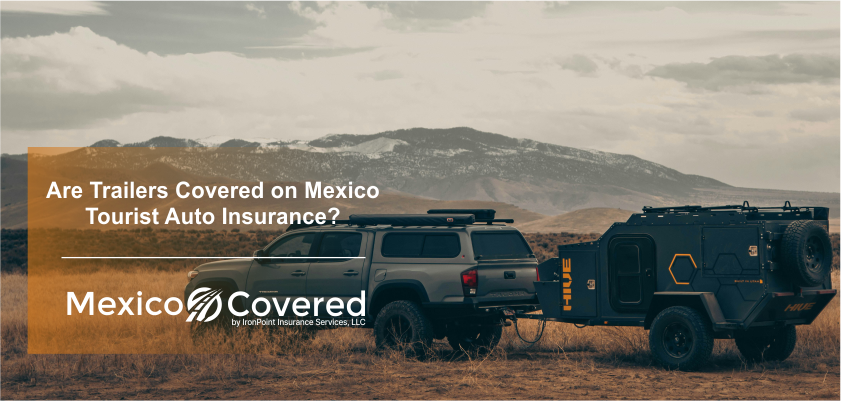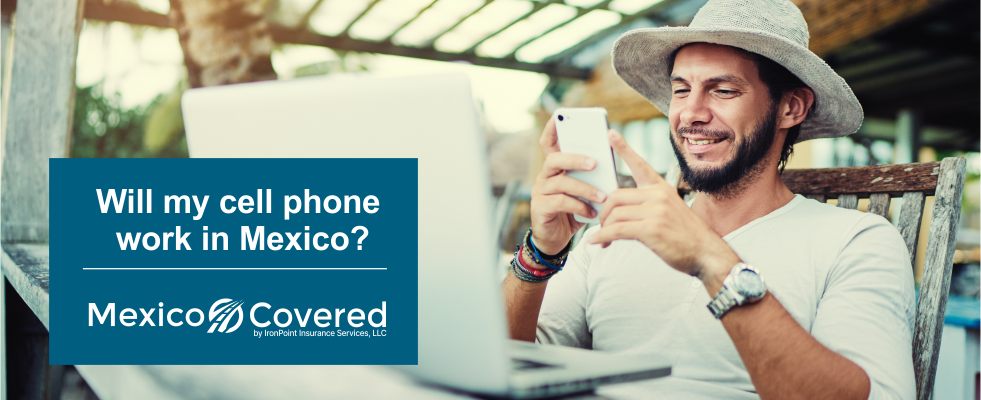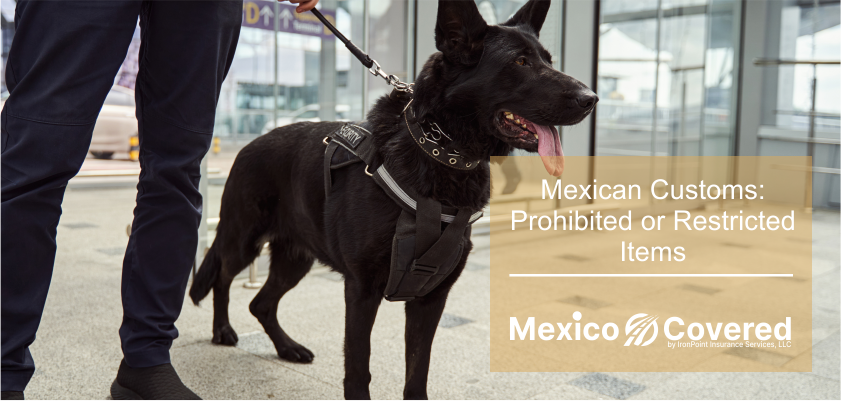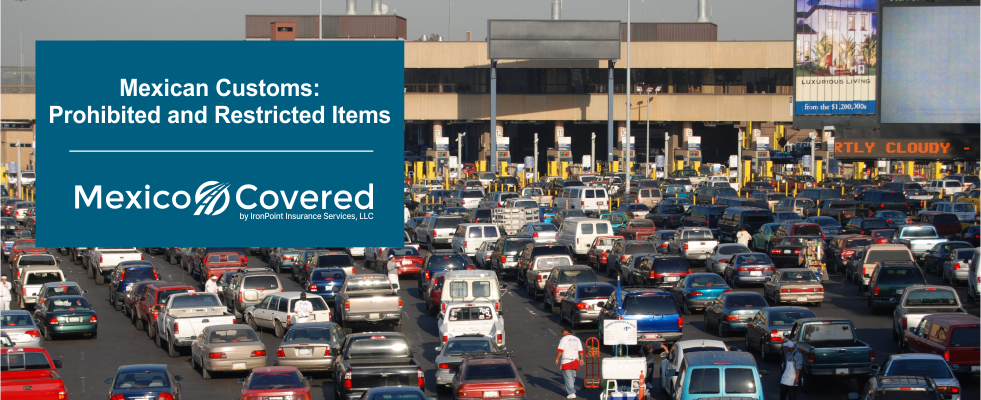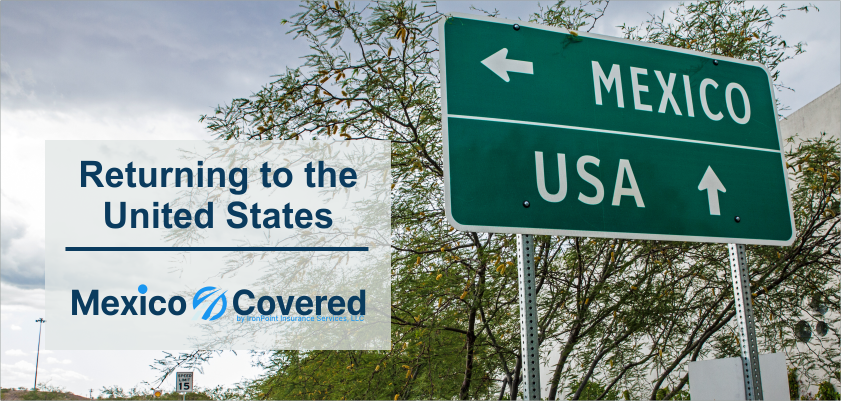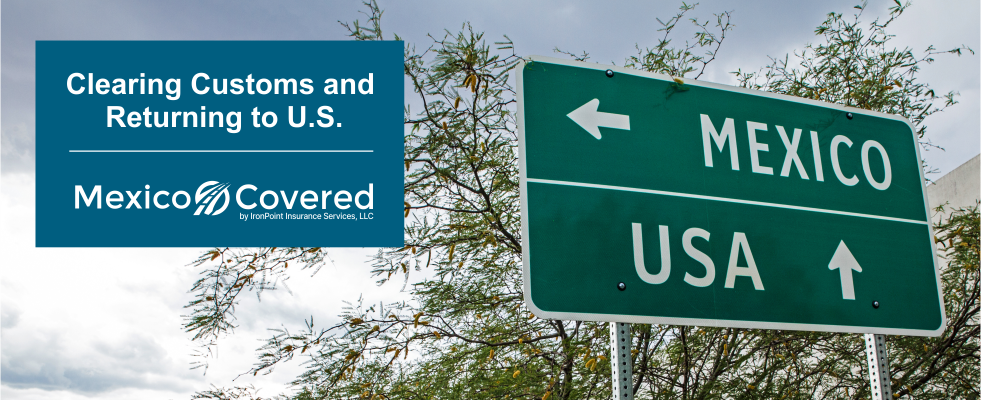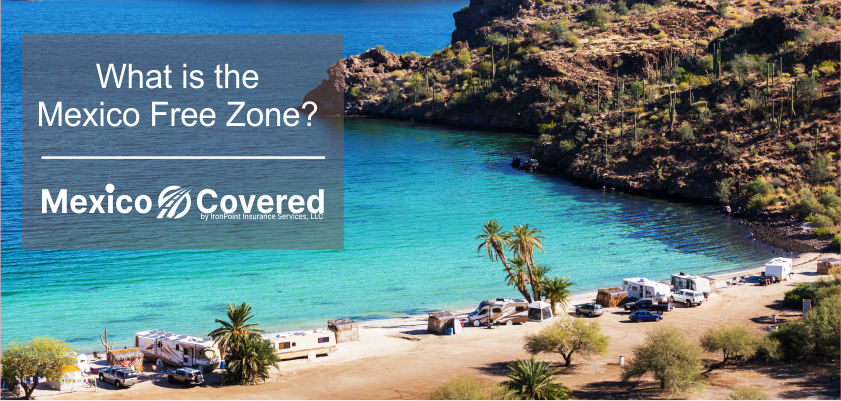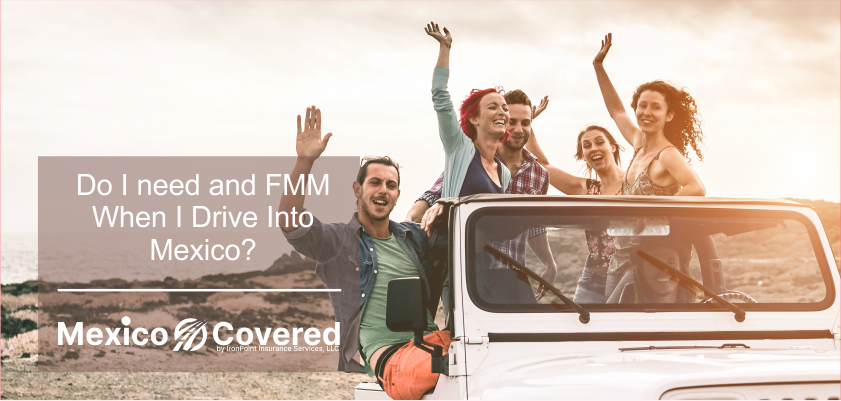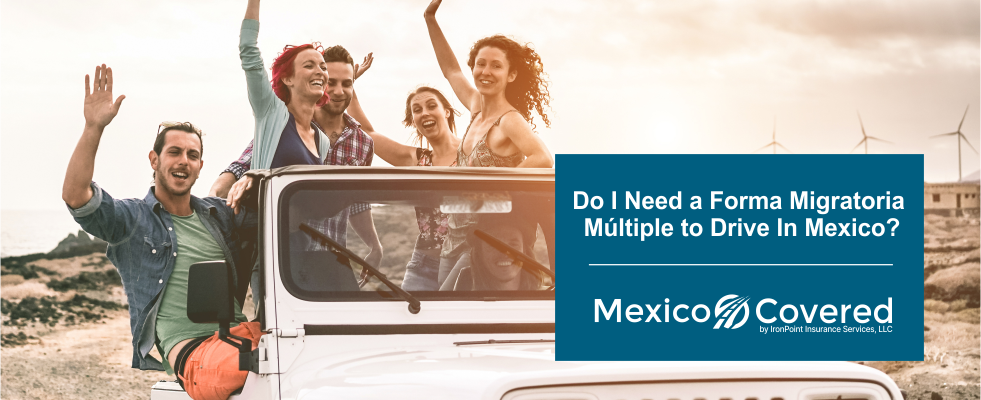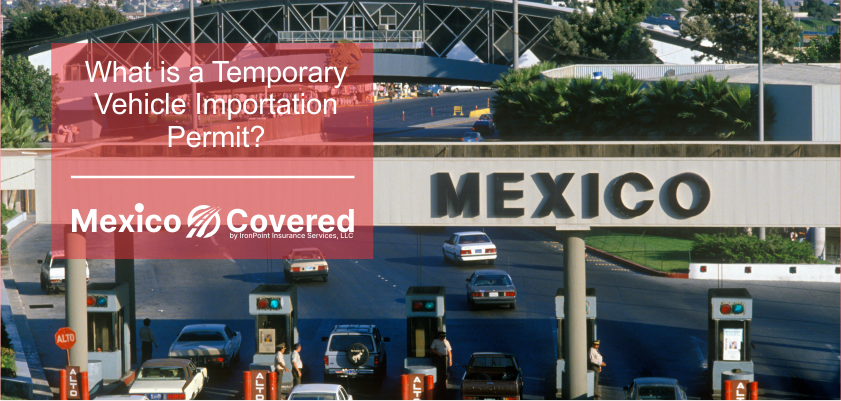Before you drive to Mexico, make sure you know what items are prohibited and restricted
Vacationing in Mexico by car can be a great experience. However, before you pack your bags, it’s important to know the prohibited and restricted items you can bring into the country. Just like the United States, Mexico prohibits certain items from entering the country, and some of these items may surprise you. Knowing which items are prohibited and restricted when driving to Mexico can ensure that your trip goes smoothly.
Firearms are Strictly Prohibited
Because gun ownership is legal in the United States, and many citizens enjoy them as a hobby and protection, it’s important to call out the difference in gun laws between the US and Mexico first. When in Mexico, it’s important to know that Mexican law strictly prohibits the carrying of all firearms. Additionally, there is no permit you presently have or can secure that will allow you to carry a firearm in Mexico.
With firearms prohibited, by extension, ammunition is also prohibited. In fact, if you have spare bullets in your car or even spent bullet casings, make sure to remove them before crossing into Mexico.
What about knives?
Knives and swords are also strictly regulated in Mexico. It is illegal to carry a knife on your person with a blade that exceeds four (4) inches. In fact, it is illegal to carry a weapon of any kind, including knives, into public places like schools and government buildings. People caught carrying weapons in prohibited places are subject to fines or incarceration.
Remember, you’re travelling to Mexico for vacation. It’s for fun! You don’t need to place yourself in jeopardy by carrying a prohibited weapon. Be conservative, and if you have doubts about its legality, just leave it at home.
What are the Prohibited Items?
When you travel to Mexico, you’re going to want to bring some of your personal possessions. However, not everything you may want to bring or import is allowed. As you prepare and plan for your trip, get familiar with the items prohibited for import by the Mexican government. This is important because if you attempt to enter the country with one of these items, or one is found in your possession, it may result in serious consequences.
The following items are prohibited from having in your possession when travelling in Mexico:
- firearms and ammunition
- explosives
- illegal drugs
- counterfeit goods such as fake currency and luxury items
- Endangered species
- Certain plants and animals
- Food products not properly sealed or labelled
While you can bring alcoholic beverages into Mexico, they must be properly declared at customs when crossing the border.
It is also important to research any additional items which may be prohibited by regional, state or municipal laws before travelling to Mexico. It is recommended that all travellers consult the latest travel information available from the Mexican government before their trip.
What Items are Restricted When Travelling in Mexico
Some items are explicitly prohibited, but others are simply restricted. If you want to bring one of these items into Mexico, you may require a permit from the Ministry of Agriculture. In some cases, the items just need to be packaged and labelled correctly.
The restricted items include:
- Plants and their parts (including fruits and vegetables)
- Animals or animal products
- Dairy products
- Medicines
- Equipment containing gas or flammable liquids, such as camping stoves
- Foodstuffs with an expiration date that has already passed, and certain foods that contain genetically modified organisms.
It is also important to note that all items brought in for commercial purposes must be declared at customs or face confiscation upon arrival.
Finally, it is illegal to bring any fruits or vegetables to Mexico from the United States without proper government certification. Failure to comply with these restrictions can result in fines or other penalties.
How to Pack for a Trip to Mexico
When packing for a trip to Mexico, it is important to keep in mind the prohibited and restricted items listed above and make sure that any of these items are not included in your luggage. Additionally, it is important to make sure all of your belongings are properly packed and labelled.
You’ll also want to make sure you have all essential documents such as a valid passport, driver’s license, and proof of health insurance. It is also important to pack any necessary prescription medications in their original containers, with a copy of the prescription included.
Lastly, it is recommended that you only bring items that are essential to your trip and avoid bringing high-value or sentimental possessions. These items may be subject to customs duties or taxes upon arrival or exposed to theft.
What if You’re Caught with a Prohibited or Restricted Item?
If you are caught with a prohibited or restricted item while travelling to Mexico, the consequences can be severe. You may face fines and possible arrests, so it is important to check the local laws and regulations before crossing the border. If you are caught with an item that requires a permit, you will likely be asked to turn it over to customs authorities and may be asked to pay an additional fee. It is important to note that these items may not be returned, so it would be wise to make arrangements for them to be sent home before your departure. If you are found with a prohibited item such as drugs or firearms, you could face even more severe penalties, including imprisonment.
Tips for Avoiding Issues When Travelling in Mexico
To ensure an enjoyable and hassle-free trip to Mexico, there are a few tips that travellers should keep in mind. First, it is important to research the laws and restrictions for your destination before travelling so that you can be sure to bring only items that are allowed in the country. Additionally, make sure all of your documents are valid and up-to-date, and that you have the necessary items such as a passport or driver’s license. It is also important to be aware of the local customs and etiquette in order to respect the culture and avoid any problems while travelling. Finally, remember to stay safe by sticking to well-lit areas at night and avoiding unnecessary risks.
The Bottom Line
In conclusion, travelling to Mexico can be an exciting and rewarding experience. However, it is important to be aware of the laws and restrictions when entering the country in order to avoid any potential issues. By researching the local laws and regulations beforehand, packing only essential items, keeping all documents valid and up-to-date, and being mindful of the local customs, travellers can rest assured that their trip to Mexico will be smooth and enjoyable.
